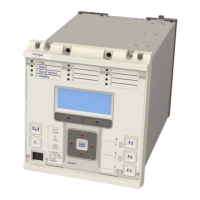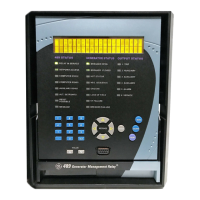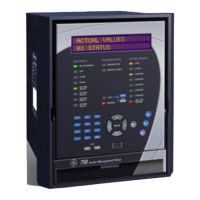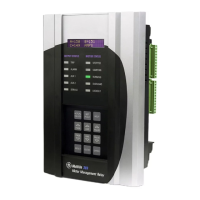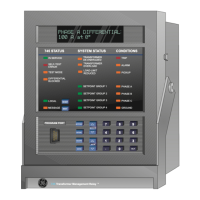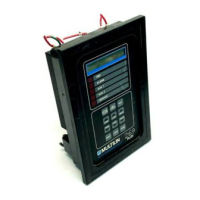3 FIBRE TELEPROTECTION IMPLEMENTATION
The Fibre Teleprotection interface is an optional feature in this product. It provides fibre-optic communications to
implement intertripping command signalling which can be freely allocated to realise protection schemes such as
Permissive and Blocking schemes. To use the feature you must enable the InterMiCOM 64 setting in the
CONFIGURATION column.
Each product can have up to 2 fibre-optic communications channels for teleprotection signalling. A range of
different fibre-optic interfaces are available to provide:
● Direct fibre connections between devices with a number of options available to suit different requirements
● Indirect connections using the industry standard IEEE C37.94. Fibre-optic connections are made between
the product and telecommunications equipment that supports industry standard fibre-optic interfaces (IEEE
C37.94). The telecommunications equipment provides the end-to-end service.
● Fibre-optic connection in conjunction with proprietary auxiliary interface units to provide connection to
standard electrical telecommunications interfaces (G.703, V.35, X.21). With this indirect connection method,
the telecommunications equipment provides the end-to-end service.
Signals to be communicated between devices are constructed into packets (sometimes called telegrams). These
packets include addressing, timing, and error checking information as well as teleprotection commands and data,
and are transmitted between terminals at frequent regular intervals. Upon reception, they are checked for integrity
before the contents are used.
Allocation of teleprotection commands is realised with mappings between InterMiCOM 64 signals and internal DDB
logic signals using the product’s the Programmable Scheme Logic (PSL).
3.1
SETTING UP THE IM64 SCHEME
To use the fibre teleprotection features in this product, you will need to configure the protection signalling scheme.
The protection signalling scheme is defined by the number of connected terminals, together with the
communications links between them.
Products can have either 1 physical fibre teleprotection channel, or two. Products with 1 physical fibre
teleprotection channel can be used to connect two products together into a scheme. Products with 2 physical fibre
teleprotection channels can be used to connect three products together into a scheme, or they can be used to
connect two products together into a scheme with dual communications channels to provide communications
redundancy (hot standby) in the event of a single communications channel failure.
For products with 2 physical fibre teleprotection channels use the Scheme Setup setting in the PROT COMMS/IM64
column. The choices are 3 Terminal, 2 Terminal (only physical Ch1 is used), and Dual Redundant (two
terminals with two interconnecting channels).
The physical connections are labelled as Ch1 and Ch2.
In a two-terminal scheme, channel 1 of one device should always connect to channel 1 of the other device. For a
two-terminal scheme with dual redundant communications, it follows that channel 2 of one device should connect
to channel 2 of the other.
In a three terminal scheme, channel 1 of one device should always connect to channel 2 of another device as
shown in the figure below.
Chapter 19 - Fibre Teleprotection P446SV
478 P446SV-TM-EN-1
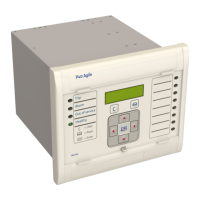
